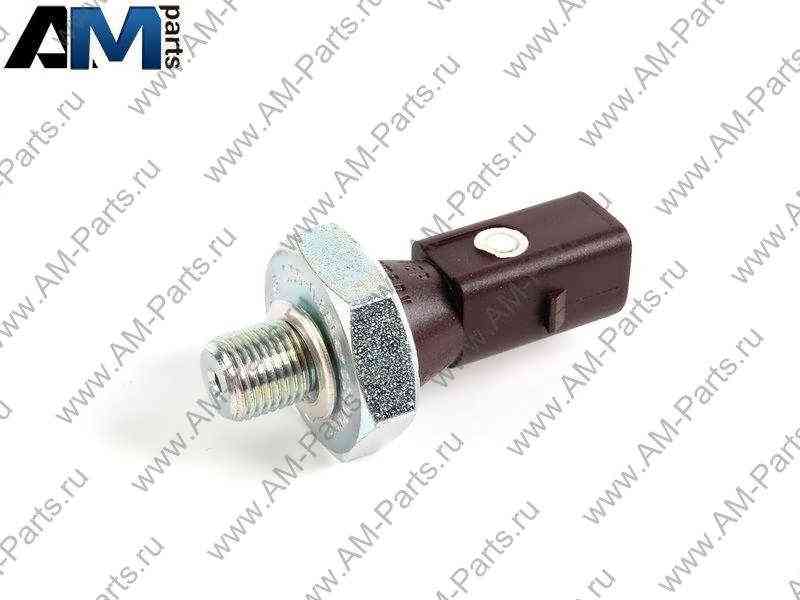
All sensors Hyundai Solaris
Content
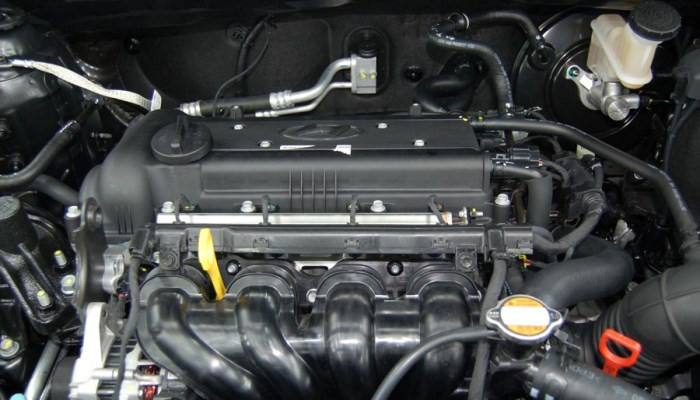
All modern gasoline cars are equipped with a fuel injection system, which saves fuel and increases the reliability of the entire power plant. Hyundai Solaris is no exception, this car also has an injection engine, which has a huge number of different sensors responsible for the correct operation of the entire engine.
The failure of even one of the sensors can lead to serious problems with the engine, increased fuel consumption and even a complete engine stop.
In this article, we will talk about all the sensors that are used in Solaris, that is, we will talk about their location, purpose and signs of malfunction.
The engine control unit

An electronic engine control unit (ECU) is a type of computer that handles many different processes that are necessary for the proper functioning of the entire vehicle and its engine. The ECU receives signals from all sensors in the vehicle system and processes their readings, thereby changing the quantity and quality of fuel, etc.
Malfunction symptoms:
As a rule, the engine control unit does not fail completely, but only in small details. Inside the computer there is an electrical board with a lot of radio components that ensure the operation of each of the sensors. If the part responsible for the operation of a particular sensor fails, with a high degree of probability this sensor will stop working.
If the ECU fails completely, for example due to getting wet or mechanical damage, then the car simply will not start.
Where is
The engine control unit is located in the engine compartment of the car behind the battery. When washing the engine at a car wash, be careful, this part is very “afraid” of water.
Speed sensor
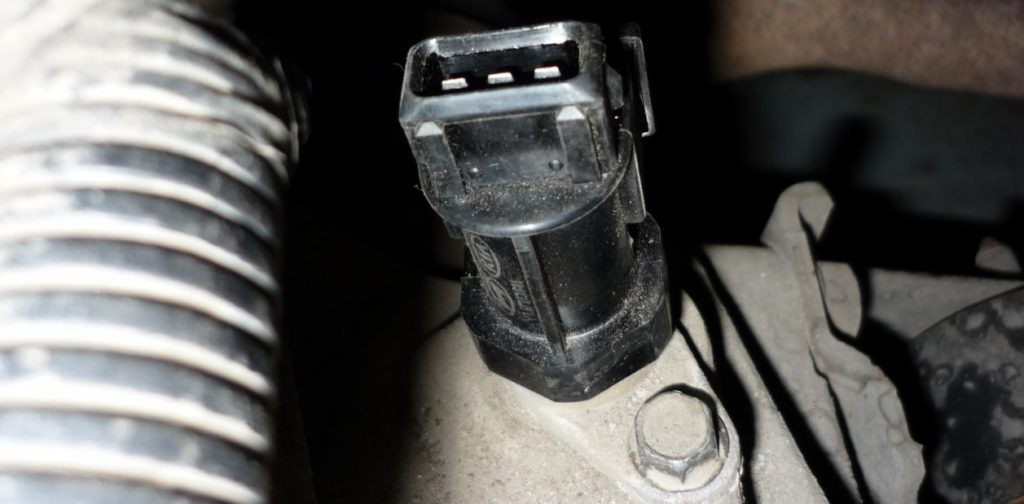
The speed sensor in Solaris is needed to determine the speed of the car, and this part works with the simplest Hall effect. There is nothing complicated in its design, just a small electrical circuit that transmits impulses to the engine control unit, which, in turn, converts them into km / h and sends them to the car dashboard.
Malfunction symptoms:
- The speedometer does not work;
- The odometer does not work;
Where is
The Solaris speed sensor is located in the gearbox housing and is secured with a 10 mm wrench bolt.
Variable valve timing
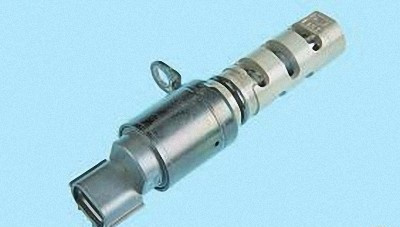
This valve has been used in cars relatively recently, it is designed to change the moment the valves open in the engine. This refinement helps to make the technical characteristics of the car more efficient and economical.
Malfunction symptoms:
- Increased fuel consumption;
- Unstable idle;
- Strong knock in the engine;
Where is
The timing valve is located between the intake manifold and the right engine mount (in the direction of travel.
Absolute pressure sensor
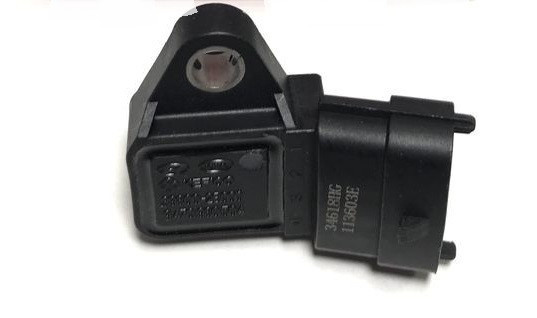
This sensor is also abbreviated as DBP, its main task is to read the air that has entered the engine in order to properly adjust the fuel mixture. It transmits its readings to the electronic engine control unit, which sends signals to the injectors, thus enriching or depleting the fuel mixture.
Malfunction symptoms:
- Increased fuel consumption;
- Unstable operation of the engine in all modes;
- Loss of dynamics;
- Difficulty starting an internal combustion engine;
Where is
The Hyundai Solaris absolute pressure sensor is located in the intake air supply line to the engine, in front of the throttle valve.
Knock sensor
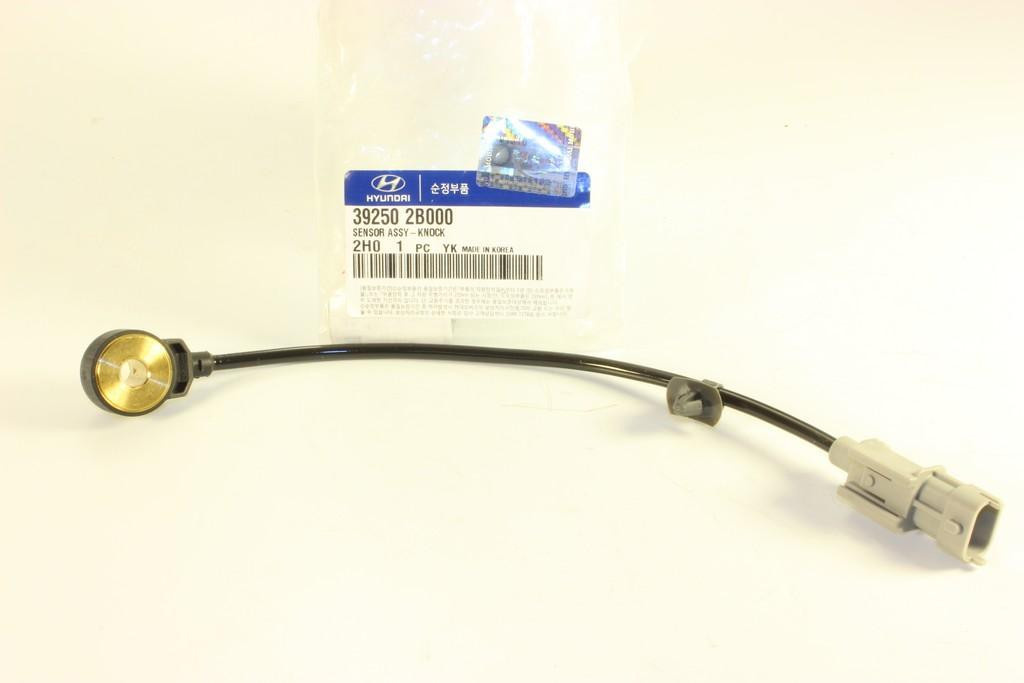
This sensor detects engine knock and serves to reduce knock by adjusting the ignition timing. If the engine knocks, possibly due to poor fuel quality, the sensor detects them and sends signals to the ECU, which, by tuning the ECU, reduces these knocks and returns the engine to normal operation.
Malfunction symptoms:
- Increased detonation of the internal combustion engine;
- Buzzing fingers during acceleration;
- Increased fuel consumption;
- Loss of engine power;
Where is
This sensor is located in the cylinder block between the second and third cylinders and is bolted to the BC wall.
Oxygen sensor
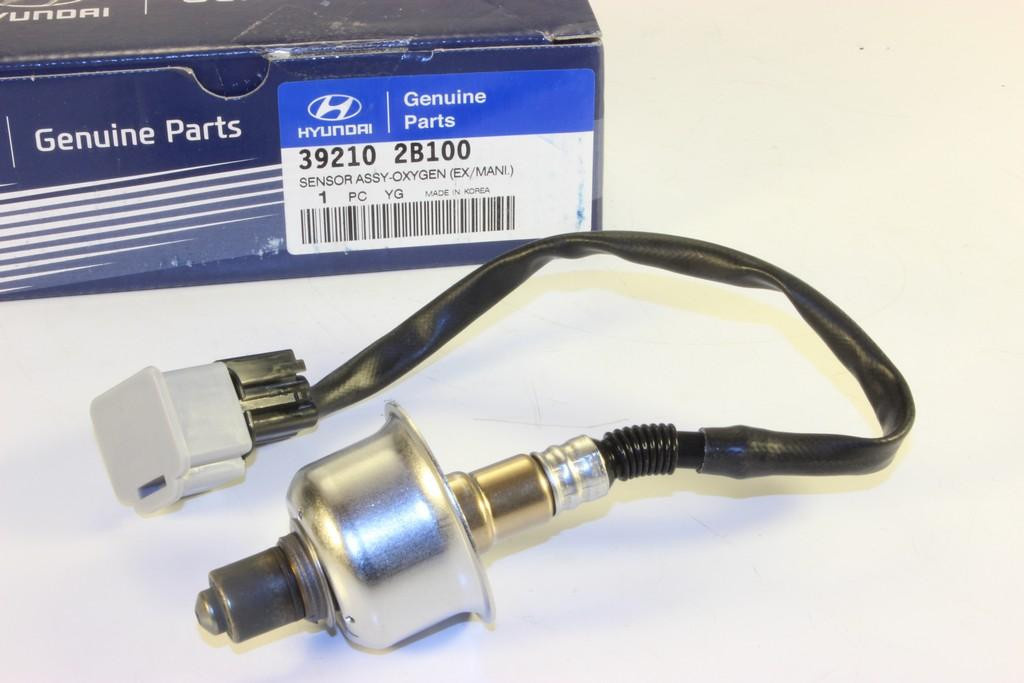
The lambda probe or oxygen sensor is used to detect unburned fuel in the exhaust gases. The sensor sends the measured readings to the engine control unit, where these readings are processed and the necessary adjustments are made to the fuel mixture.
Malfunction symptoms:
- Increased fuel consumption;
- Engine detonation;
Where is
This sensor is located in the exhaust manifold housing and is mounted on a threaded connection. When unscrewing the sensor, you need to be careful, because due to the increased formation of corrosion, you can break the sensor in the manifold housing.
Throttle valve

The throttle body is a combination of idle control and throttle position sensor. Previously, these sensors were used on older cars with mechanical throttles, but with the advent of electronic throttles, these sensors are no longer needed.
Malfunction symptoms:
- The accelerator pedal does not work;
- floating backs;
Where is
The throttle body is attached to the intake manifold housing.
Coolant temperature sensor

This sensor is used to measure the temperature of the coolant and transmits the readings to the computer. The function of the sensor includes not only temperature measurement, but also the adjustment of the fuel mixture when starting the engine in the cold season. If the coolant has a low temperature threshold, the ECU enriches the mixture, which increases the idle speed to warm up the internal combustion engine, and the DTOZH is also responsible for automatically turning on the cooling fan.
Malfunction symptoms:
- The cooling fan does not work;
- Difficulty starting a cold or hot engine;
- No revs to heat up;
Where is
The sensor is located in the distribution tube housing near the cylinder head, fixed on a threaded connection with a special sealing washer.
Crankshaft sensor
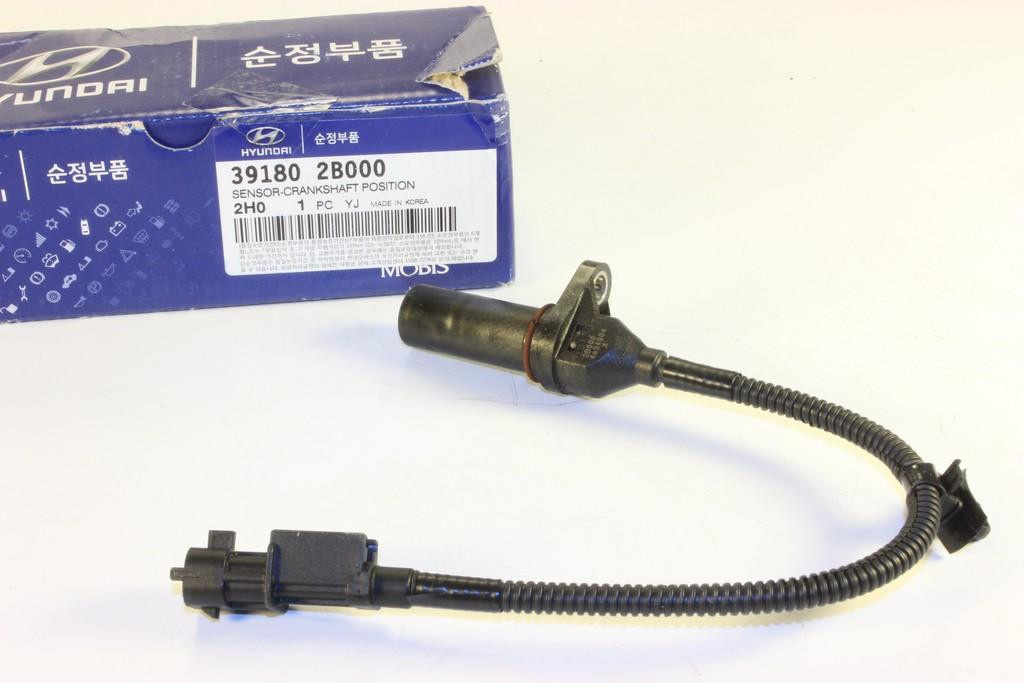
The crankshaft sensor, also known as DPKV, is used to determine the top dead center of the piston. This sensor is one of the most important elements of the engine system. If this sensor fails, the car engine will not start.
Malfunction symptoms:
- The engine does not start;
- One of the cylinders does not work;
- The car jerks while driving;
Where is
The crankshaft position sensor is located near the oil filter, more convenient access opens after removing the crankcase protection.
Camshaft sensor
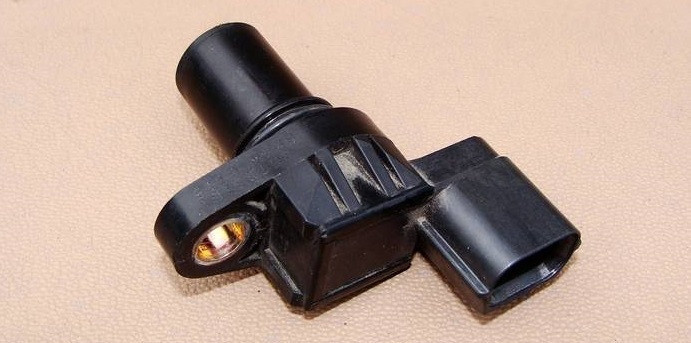
The phase sensor or camshaft sensor is designed to determine the position of the camshaft. The function of the sensor is to provide phased fuel injection to improve engine economy and power performance.
Malfunction symptoms:
- Increased fuel consumption;
- Loss of power;
- Unstable operation of the internal combustion engine;
Where is
The sensor is located in the cylinder head housing and is fastened with 10 mm wrench bolts.
Video about sensors

